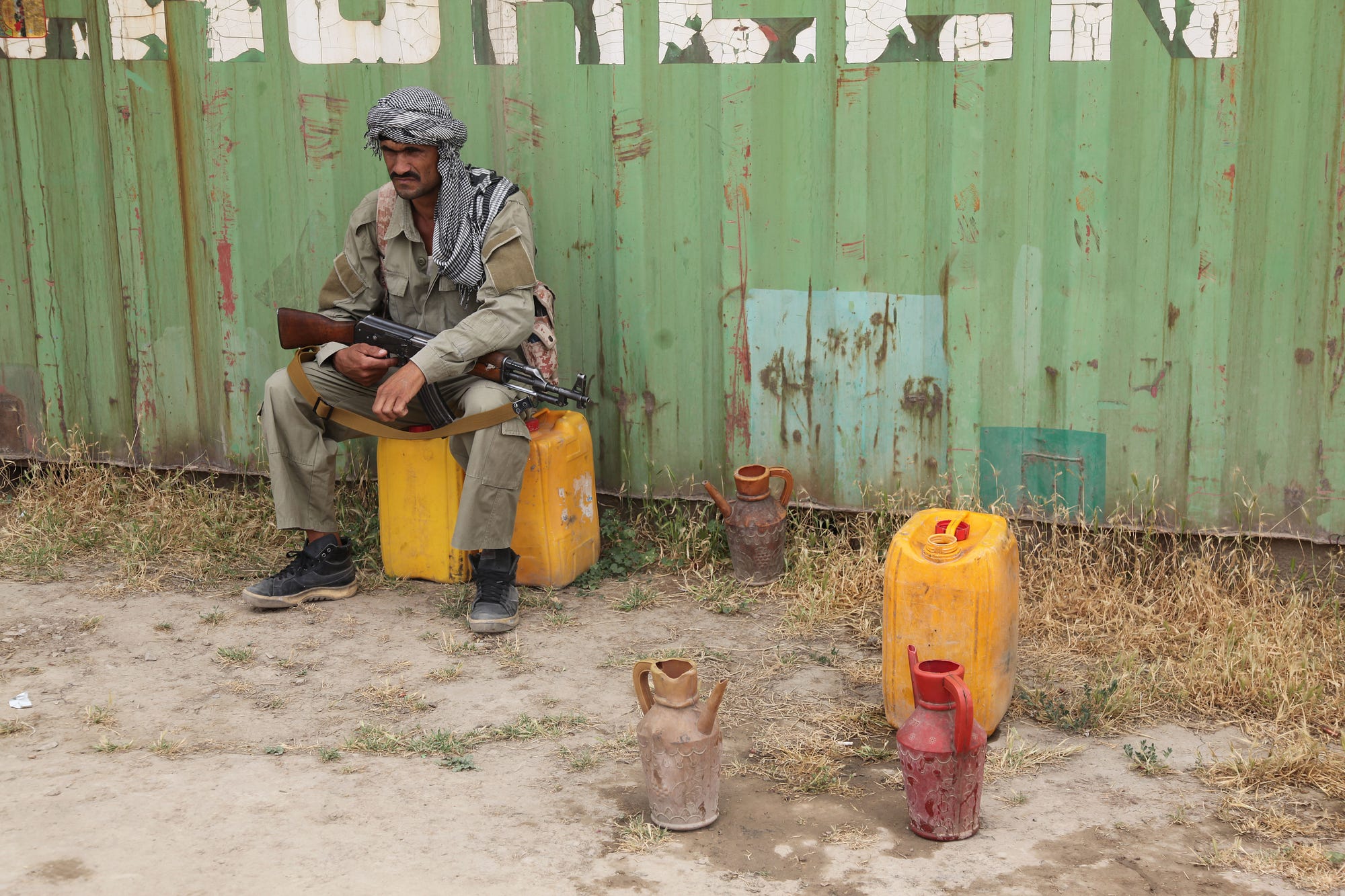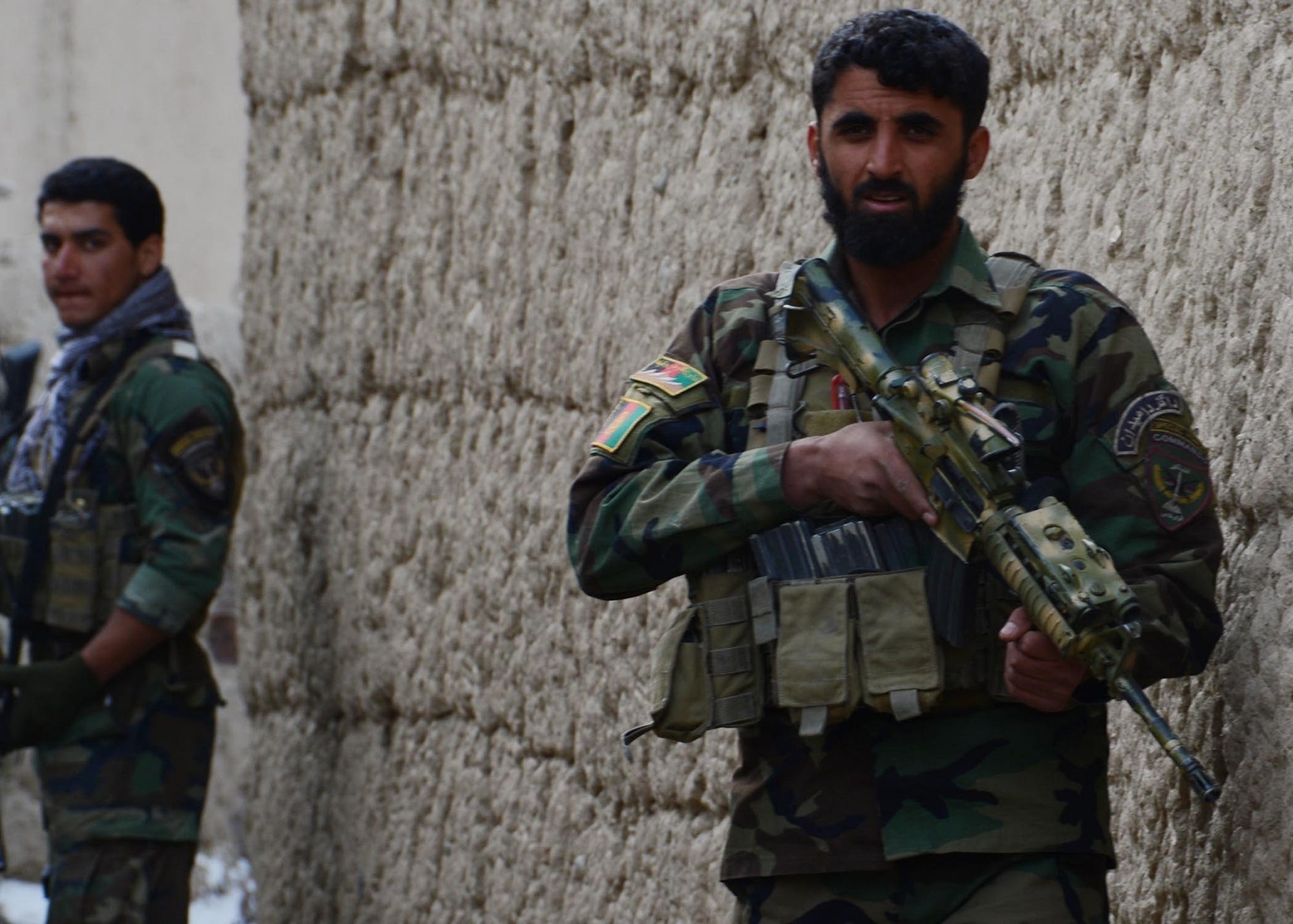by MATTHEW GAULT
Washington has invested a trillion dollars and more than 2,300 American lives in Afghanistan. It’s one of the most expensive projects in the history of the United States.
But rampant corruption, a lack of oversight and dwindling U.S. presence in Afghanistan are leading America and its cash down a dark path. One where Washington hands over billions of dollars to Kabul in hopes it will turn that money over to soldiers and police with no actual ability for Washington to track the cash.
On April 29, John Sopko, the special inspector general for Afghanistan reconstruction, testified before a Congressional subcommittee on national security. He was there to tell legislators all about Afghanistan’s security forces, a mix of police and soldiers funded by the American taxpayer.
“Every dollar we spend now on training, advising, and assisting the Afghans,” Sopko said, “must be viewed as insurance coverage to protect our nearly trillion dollar investment in Afghanistan since 2001.”
That’s correct. The billions of dollars America has put into Afghanistan is a bet — one that only pays off if the country remains stable. The crux of that stability is the Afghan security forces.
Of that trillion, Washington has spent more than $60 billion to train, equip and pay Kabul’s security forces. That includes soldiers for the army, cops to patrol the streets and civilians to support both. It’s a way of hedging the bet.
But Washington took a risky bet. It invested in a country where corruption is systematic and has little room for U.S. oversight. The more cash Washington invests in Afghanistan, the more it seems like Kabul has it on the hook in one long con.
The Pentagon has spent billions to hire and train Afghan soldiers and police. Sopko, who serves as Congress’ chief watchdog for Afghanistan spending, would like to know how many Afghan troops America has paid for.
There’s been a lot of drama surrounding that information. At the end of 2014, SIGAR asked the NATO-led Resolute Support Mission about troop strength. RSM told SIGAR that the information was classified.
The two agencies went back and forth and RSM eventually declassified some basic information about the size of Kabul’s military. According to RSM, the number is a little less than 330,000 combined soldiers, police and civilian support staff.
But thanks to a SIGAR investigation, we now know the RSM’s number is wrong. So how many Afghan soldiers are there really? We don’t know. We’ll probably never know. Worse, American taxpayers will continue to pay to support the Afghan army and police at least through 2017.
 Above — an Afghan police officer sitting outside an outpost. At top — Afghan Special Operations Forces interact with the community. U.S. Army photos
Above — an Afghan police officer sitting outside an outpost. At top — Afghan Special Operations Forces interact with the community. U.S. Army photos
For many reasons, it’s important to know just how many soldiers serve in Afghanistan’s army. An accurate measure of troop strength lets Kabul’s ministry of defense know how many more soldiers to recruit, which areas of the country need greater support and how much cash to set aside to pay salaries.
American taxpayers pay those salaries. Kabul tells Washington how much money it needs based on its own internal audits of its troop strength, then Washington hands the cash over to the Pentagon and America’s military hands the cash over to Kabul.
Once that money is in Kabul’s hands, it’s supposed to go to banks and then to soldiers and police. The problem is that once America hands the money over to Afghanistan, it loses any oversight on how the cash is spent.
That’s bad for two reasons. One, Kabul has a nasty corruption problem. Two, the Afghan security forces are terrible at taking attendance.
It may seem ridiculous, but one of the biggest problems with getting an accurate count of the number of soldiers in Afghanistan’s army comes down to an inability to take attendance.
Afghanistan lacks a robust electronic infrastructure. America is building one in the country, but it will be years before it’s ready. So the only way to account for the number of troops in Kabul’s army is to ask for a show of hands.
“The only control in place at the unit level to ensure accurate attendance reporting on a day-to-day basis — a roster individual ANA and ANP personnel sign daily — was not consistently used across locations,” SIGAR explained during his testimony.
“For example, officers used the rosters, but enlisted personnel did not.”
Afghan government officials in charge of auditing this information “do not observe the completion of the daily rosters, do not review all rosters, and do not reconcile the rosters against other personnel or payroll data.”
This inability to get such basic information has caused problems for almost a decade. In 2006, the Pentagon’s Inspector General noted that Afghan troops numbers were “inflated and that there is no personnel accounting system in place.”
In 2008, the Government Accountability Office studied the issue and found that reported Afghan troops numbers were false. According to its report, almost 20 percent of listed Afghan army soldiers were not present for duty.
SIGAR audited Kabul’s payroll systems back in 2011. It found that the government was struggling with electronic human resource and payroll systems. Depending on when and who it asked, SIGAR got radically different troop estimates. The widest discrepancy was more than 13,000 soldiers.
That’s a lot of money that might not be going to troops. But that doesn’t mean the money is just sitting in banks going unspent. In 2012, the Inspector General uncovered a plot by Kabul finance officials to skim troops’ pay out of the banks.
Even as recently as three years ago, the Pentagon didn’t have the manpower to properly conduct oversight investigations of what Afghan’s security forces reported about troop strength. It over reported the amount of men it needed to pay, and then moved that cash into the bank accounts of the people who helped it over-report.
 Afghan soldiers on patrol. U.S. Army photo
Afghan soldiers on patrol. U.S. Army photo
Why is this happening? Simple.
The only people providing oversight, asking questions and pursuing criminal prosecution around these shenanigans is Washington and its representatives. And every year that goes by, more and more people who care about how Kabul spends the cash leave the country.
In a few years, there won’t be any officials left in Afghanistan except Afghan ones. What do these officials think about corruption? Hell, they love it.
The United Nations recently studied Afghanistan’s Ministry of Interior and the way it handles such criminal cases. In 2014, the Afghan MOI received more than 2,000 reports of corruption in the country. It only investigated 907 of those cases.
Of those 907, it recommended nine go to trial. None of those nine cases were ever tried.
“Systemic corruption is endemic to [MOI IG],” the report notes. “Because the leadership has not only tolerated corruption, they have facilitated it and, in many instances, participated in it.”
It’s the same reason we’ll never know how strong Afghanistan’s security forces are. Washington feels an obligation to the country. It’s invested billions to build the country up and will invest billions more to make all that cash and death mean something.
Kabul will take the cash as long as it’s offered, and it’ll fudge the balance sheets every chance it gets. The money’s too good.
No comments:
Post a Comment